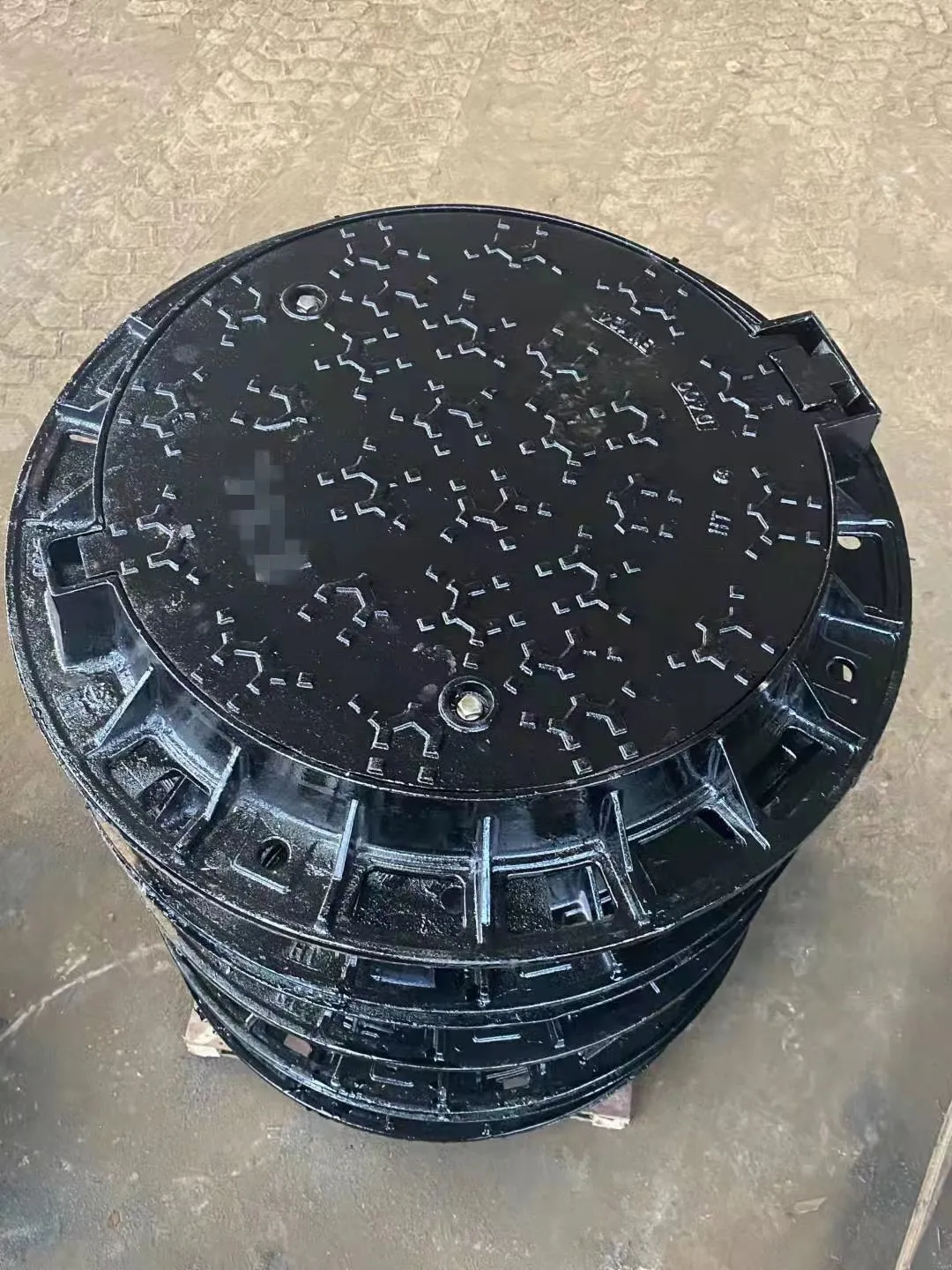Exploring the Advantages of Modulating Butterfly Valves in Industrial Applications
Understanding Modulating Butterfly Valves A Key Component in Control Systems
Modulating butterfly valves are essential devices used in various industries for precise flow control. They are popular due to their simple design, reliability, and versatility. This article delves into the design, operation, and applications of modulating butterfly valves, shedding light on their significance in modern engineering and process control.
What is a Modulating Butterfly Valve?
A modulating butterfly valve is a type of valve that uses a rotating disk to regulate the flow of fluids. The valve consists of a circular disk (the butterfly) mounted on a shaft. When the valve is closed, the disk is perpendicular to the flow, while in an open position, it is parallel, allowing fluid to pass through. The term modulating refers to the valve's ability to adjust the flow rate continuously, offering fine control over the medium passing through it.
Operation Principles
The operation of a modulating butterfly valve is straightforward yet effective. As the valve is actuated, either manually or automatically, the disk rotates around its axis. By varying the angle of the disk, the valve can control the flow rate of the fluid. Typically, the angle ranges from 0 degrees (fully closed) to 90 degrees (fully open). In intermediate positions, the valve allows a specific amount of fluid to flow, enabling precise control.
Most modulating butterfly valves are equipped with electric or pneumatic actuators that provide feedback control mechanisms. These actuators are crucial in applications where process variables such as temperature, pressure, or flow need to be maintained within specific limits. The control system receives input from sensors and adjusts the actuator accordingly, modifying the valve position for optimal flow regulation.
Advantages of Modulating Butterfly Valves
modulating butterfly valve

One of the primary advantages of modulating butterfly valves is their compact design. Unlike traditional globe or gate valves, butterfly valves are lightweight and can be installed in tight spaces. This feature makes them ideal for a wide range of applications, including HVAC systems, water treatment plants, and chemical processing facilities.
Additionally, modulating butterfly valves offer low-pressure drop characteristics, which is crucial in scenarios where energy efficiency is vital. The streamlined flow path minimizes turbulence, reducing the energy required to pump fluids through the system. This efficiency not only conserves energy but also reduces operational costs.
Moreover, the quick response time of modulating butterfly valves makes them suitable for applications requiring rapid adjustments to flow rates. Automated systems can seamlessly integrate these valves, leading to enhanced operational efficiency and reduced wear on downstream equipment.
Applications in Various Industries
Modulating butterfly valves find extensive applications across numerous industries. In the water and wastewater treatment sector, these valves control the flow of water through filtration and treatment processes. In the petrochemical industry, they regulate the flow of hydrocarbons, ensuring safe and efficient operations.
In HVAC systems, modulating butterfly valves control air and water flow, maintaining desired temperatures and humidity levels. The food and beverage industry also benefits from these valves by regulating fluid flow, ensuring consistency and quality in the production processes.
Conclusion
In conclusion, modulating butterfly valves play a pivotal role in modern process control systems. Their ability to provide precise flow regulation, combined with their compact design, low-pressure drop characteristics, and fast response time, makes them a preferred choice in various industrial applications. As industries continue to evolve, the role of these valves in enhancing operational efficiency and sustainability is expected to grow, solidifying their importance in engineering and technology. Understanding their operation and applications can facilitate better decision-making for engineers and operators, ultimately leading to more efficient and effective systems.
-
The Smarter Choice for Pedestrian AreasNewsJun.30,2025
-
The Gold Standard in Round Drain CoversNewsJun.30,2025
-
The Gold Standard in Manhole Cover SystemsNewsJun.30,2025
-
Superior Drainage Solutions with Premium Gully GratesNewsJun.30,2025
-
Superior Drainage Solutions for Global InfrastructureNewsJun.30,2025
-
Square Manhole Solutions for Modern InfrastructureNewsJun.30,2025
-
Premium Manhole Covers for Modern InfrastructureNewsJun.30,2025
